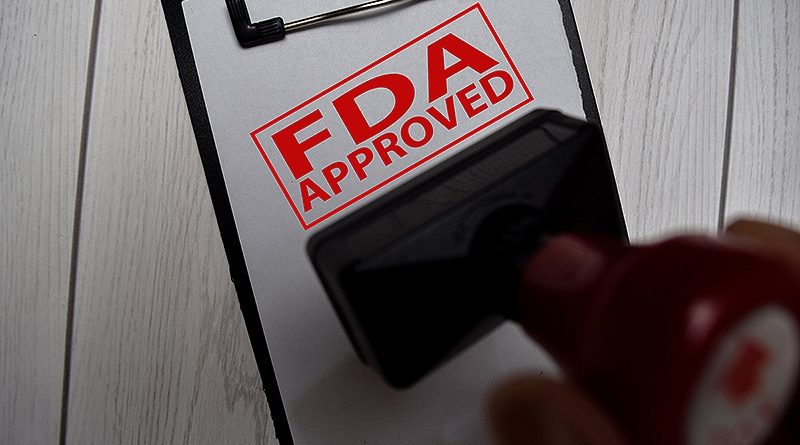FDA OKs First Treatment for Friedreich’s Ataxia
The US Food and Drug Administration (FDA) has approved the first treatment for the neurodegenerative disorder Friedreich’s ataxia for use in adults and adolescents aged 16 and older.
The recommended dose of omaveloxolone (Skyclarys, Reata Pharmaceuticals) is 150 mg (3 capsules) taken orally once daily on an empty stomach. The company noted in a press release that it expects the drug to be available in the second quarter of 2023.
“Friedreich’s ataxia is a debilitating neuromuscular disease that progressively robs patients of their mobility and independence,” Susan Perlman, MD, Department of Neurology, David Geffen School of Medicine at UCLA, said in the release.
The approval of omaveloxolone is “an important step forward in the treatment of Friedreich’s ataxia, providing physicians with the first disease-specific treatment option approved for patients living with this ultra-rare and progressive disease,” Perlman added.
Ultra-rare, Inherited Disorder
Friedreich’s ataxia is an ultra-rare, inherited neurodegenerative disorder affecting roughly 5000 people in the United States. The disorder is typically diagnosed in adolescence and gradually worsens over time, causing progressive damage to the spinal cord, peripheral nerves, and brain.
Previous studies have demonstrated that nuclear factor erythroid-derived 2-related factor 2 (Nrf2) signaling is grossly impaired in patients with the disorder. Omaveloxolone is an activator of the protein Nrf2 that protects against inflammation.
The FDA approval of omaveloxolone was supported by a randomized double-blind, placebo-controlled study comprised of 103 patients with genetically confirmed Friedreich’s ataxia and baseline modified Friedreich’s Ataxia Rating Scale (mFARS) scores between 20 and 80.
Treatment with the novel medication led to statistically significant lower mFARS scores, signifying less impairment, relative to placebo at week 48. The placebo-corrected difference between the two groups was -2.41 points (P = .0138).
The mFARS is a clinical assessment that measures disease progression — namely swallowing and speech, upper limb coordination, lower limb coordination, and upright stability.
Patients who continued treatment with omaveloxolone in an open-label extension for up to 3 years performed better on the mFARS compared with a matched set of untreated patients from a natural history study.
The most common side effects observed with the treatment are an increase in liver enzymes (alanine aminotransferase [ALT] and aspartate aminotransferase [AST]), headache, nausea, abdominal pain, fatigue, diarrhea, and musculoskeletal pain.
Full prescribing information is available online.
Omaveloxolone received priority review and had orphan drug, fast track, and rare pediatric disease designations.
For more Medscape Neurology news, join us on Facebook and Twitter
Source: Read Full Article



